Mining is one of the most demanding industries, requiring efficient fleet management, safety compliance, and operational transparency. Large fleets of heavy-duty vehicles, including dumpers, loaders, and excavators, operate in remote and hazardous conditions, so tracking their movement is crucial. A Vehicle Tracking System (VTS) is an advanced technology that enables real-time monitoring of mining vehicles, ensuring better control over logistics, safety, and productivity.
.jpg)
Globally, the mining vehicle tracking market is experiencing rapid growth. According to a MarketsandMarkets report, the global fleet management market, including mining vehicle tracking, is expected to reach $52.4 billion by 2027, growing at a CAGR of 15.5%. A McKinsey study highlights that adopting digital tracking solutions in mining can improve productivity by 10-15% while reducing fuel consumption by 5-10%. Additionally, the International Council on Mining and Metals (ICMM) reports that using telematics and real-time tracking has reduced mining accidents by 20-30% in technologically advanced mining operations.
With mining companies striving for efficiency, Vehicle Tracking Systems are key in optimizing fleet usage, enhancing safety, and ensuring regulatory compliance.
How Vehicle Tracking Systems Work in Mining?
A Vehicle Tracking System (VTS) integrates GPS (Global Positioning System), IoT (Internet of Things), and telematics to provide real-time monitoring of mining vehicles. These systems consist of:
- GPS Devices: These are installed in mining vehicles to provide location data.
- Sensors and Telematics: Collect vehicle speed, fuel consumption, and engine performance data.
- Centralized Software Platform: A cloud-based system that allows operators to monitor and manage vehicles remotely.
- Communication Networks: Transmit real-time data using satellite, radio, or cellular networks.
The system enables mining companies to track vehicles, optimize routes, ensure maintenance, and improve driver behavior for enhanced efficiency and safety.
.jpg)
Key Benefits of Vehicle Tracking Systems in Mining
1. Improved Operational Efficiency
Mining sites often span vast areas, making fleet management challenging. Real-time tracking allows managers to optimize vehicle routes, reduce idle time, and enhance vehicle coordination. According to a PwC report, fleet optimization can reduce fuel costs by 10-20% and improve productivity by up to 15%.
2. Enhanced Safety and Accident Prevention
Mining operations involve high-risk environments, with vehicles operating in hazardous terrains. Vehicle tracking enables:
- Speed monitoring to prevent overspeeding and reduce accident risks.
- Geofencing alerts to restrict vehicle movement in unsafe areas.
- Fatigue detection systems to monitor driver behavior and prevent fatigue-related accidents.
A study by the International Council on Mining and Metals (ICMM) found that telematics-based safety systems helped reduce accidents by 25% in significant mining operations.
3. Fuel Management and Cost Reduction
Fuel costs are a significant expense in mining operations. VTS helps monitor fuel consumption, detect theft, and optimize engine performance, leading to cost savings. A Deloitte report states that effective fleet tracking can reduce fuel consumption by 5-15%, translating into millions of dollars in savings for large mining companies.
4. Predictive Maintenance and Reduced Downtime
Mining vehicles operate under extreme conditions, requiring regular maintenance. Predictive maintenance enabled by telematics helps detect potential failures before they occur, reducing unplanned downtime and repair costs. According to Gartner, predictive maintenance in fleet management can reduce vehicle breakdowns by 30-40% and extend equipment lifespan.
5. Regulatory Compliance and Environmental Impact
Mining companies must comply with government regulations regarding vehicle emissions, safety, and labor laws. Vehicle tracking ensures:
- Compliance with emission standards by monitoring engine performance.
- Accurate reporting of vehicle usage for audits and regulatory checks.
- Minimization of environmental impact by optimizing fuel efficiency and reducing carbon footprints.
The International Energy Agency (IEA) reports that digital fleet management can cut mining emissions by 10-15%, contributing to sustainable mining practices.
Challenges in Implementing Vehicle Tracking in Mining
Despite its benefits, deploying VTS in mining operations comes with challenges:
Harsh Working Conditions: Mining environments include dust, extreme temperatures, and rough terrains, which can impact the performance of GPS devices and sensors. Companies need ruggedized tracking equipment to withstand such conditions.
Connectivity Issues in Remote Locations: Many mining sites are in remote areas with limited network coverage. While satellite-based tracking can overcome this issue, it requires higher investment costs.
High Initial Implementation Costs: Deploying a comprehensive vehicle tracking system involves hardware, software, and training investments. However, the long-term cost savings and efficiency gains outweigh the initial expenditure.
Resistance to Technology Adoption: Some drivers and operators resist telematics and monitoring, fearing surveillance. Proper training and awareness programs are needed to demonstrate the benefits and encourage adoption.
.jpg)
Global Adoption of Vehicle Tracking in Mining
Several leading mining companies are leveraging vehicle tracking technologies to enhance their operations:
- Rio Tinto (Australia): It operates driverless trucks using an Automated Haulage System (AHS) with GPS tracking, reducing fuel costs by 13%.
- Anglo American (South Africa): Implemented a fleet tracking system that reduced operational delays by 20%.
- Caterpillar MineStar (USA): Provides real-time vehicle tracking and predictive maintenance, reducing vehicle downtime by 35%.
- Coal India Limited (India): Integrated GPS tracking across its fleets, improving fleet utilization by 25%.
The success of these implementations demonstrates that Vehicle Tracking Systems are an essential tool for modern mining operations.
Future Trends in Vehicle Tracking for Mining
The future of vehicle tracking in mining is driven by advanced technologies such as:
- AI and Machine Learning: Predictive analytics for better route optimization and maintenance scheduling.
- Autonomous Vehicles: Driverless trucks should be adopted for safer and more efficient mining.
- 5G Connectivity: Faster and more reliable real-time tracking in remote locations.
- Blockchain for Data Security: Secure tracking data storage for audit trails and compliance.
According to a Deloitte report, by 2030, over 60% of large-scale mining operations will integrate AI-powered tracking solutions to enhance efficiency and safety further.
Conclusion
Implementing Vehicle Tracking Systems in mining transforms the industry by enhancing safety, efficiency, and cost-effectiveness. With real-time GPS tracking, predictive maintenance, and fuel optimization, mining companies can boost productivity while reducing operational risks.
As global mining companies embrace digital transformation, vehicle tracking will remain a cornerstone of smart mining. Investing in cutting-edge telematics and AI-driven fleet management solutions will ensure a more sustainable, safe, and profitable future for the mining sector.
The successful implementation of a Vehicle Tracking System in DLMS (Digital Logistics Management System) for JSW Steel Limited in the Jajang, Gonua, Narayanposhi, and Nuagaon mining regions in India has had a remarkable impact on value creation by increasing 19% productivity and saved 50% Time at critical touch points of dispatched trucks. VTS also impacts on 1 hour less TAT (Turnaround Time) per permit.












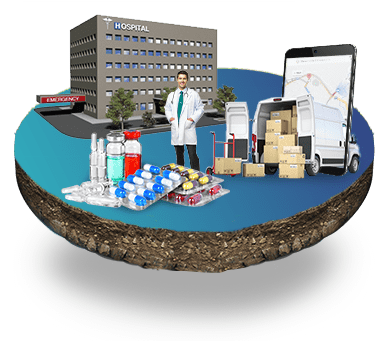

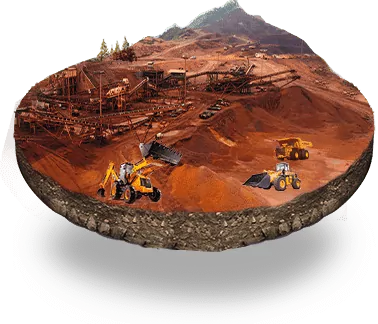






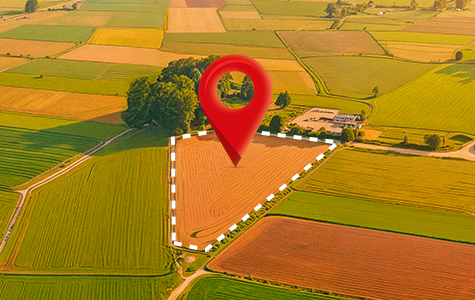
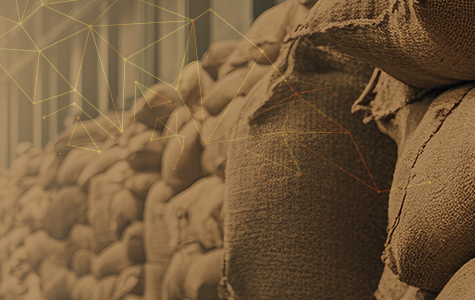





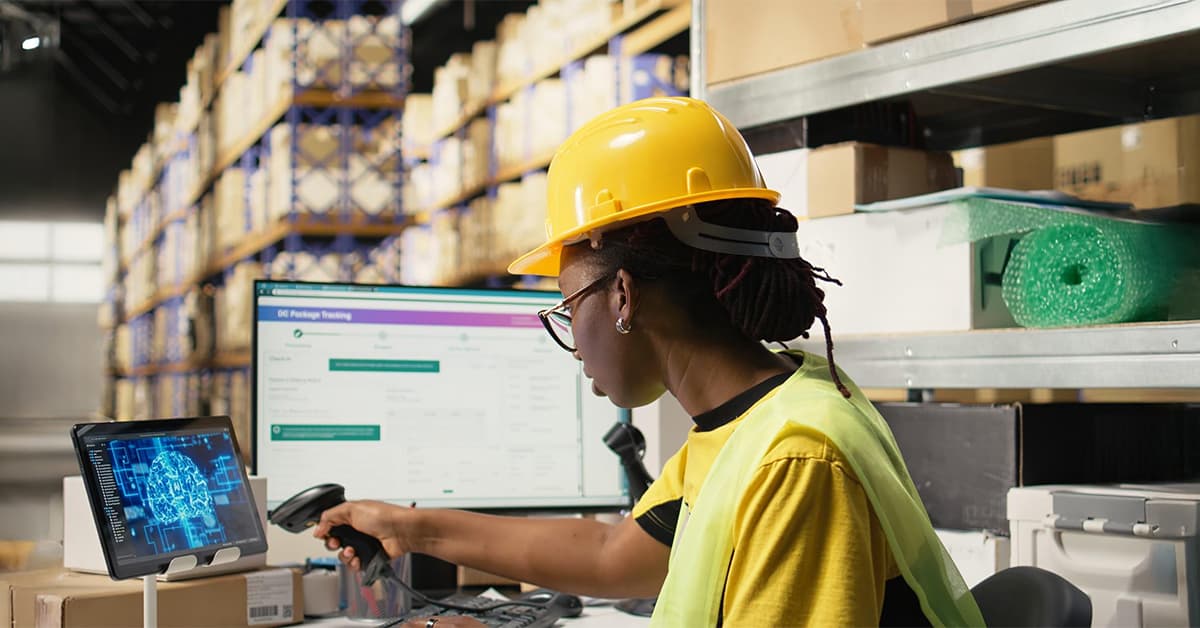
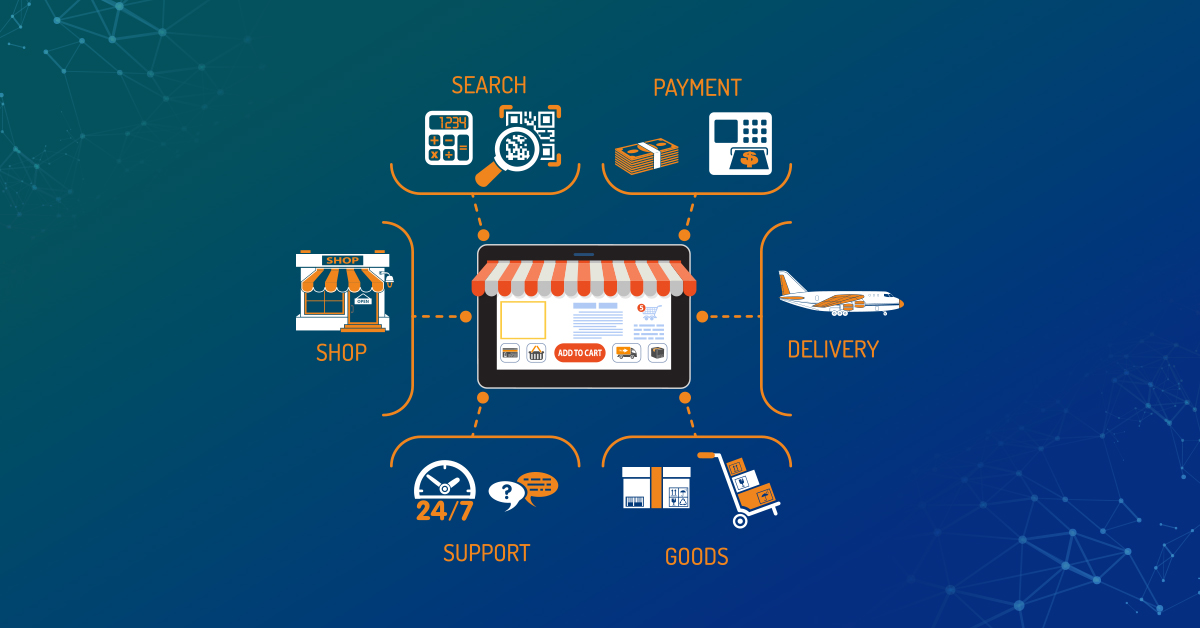
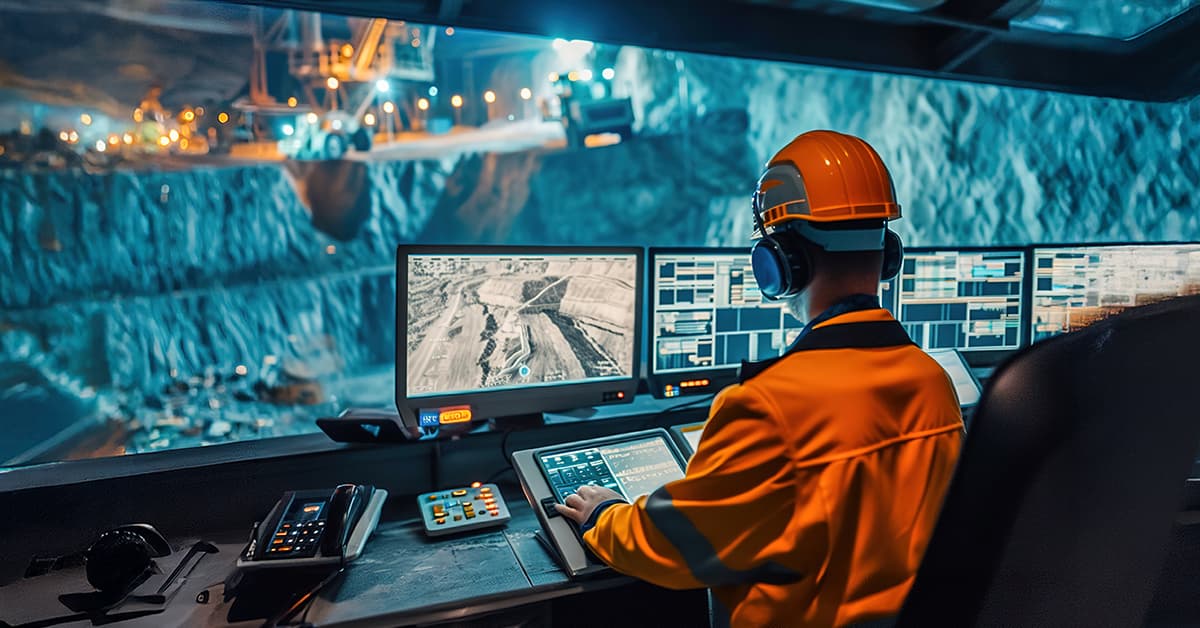




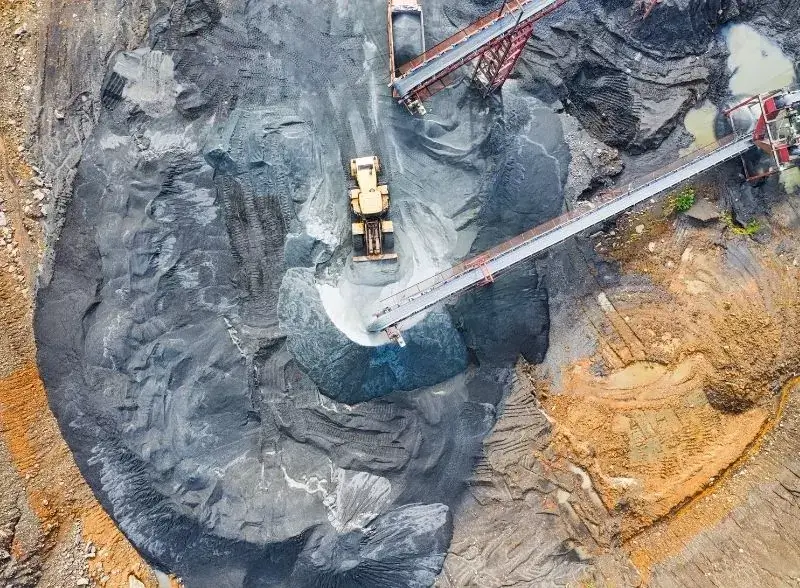










We will verify and publish your comment soon.